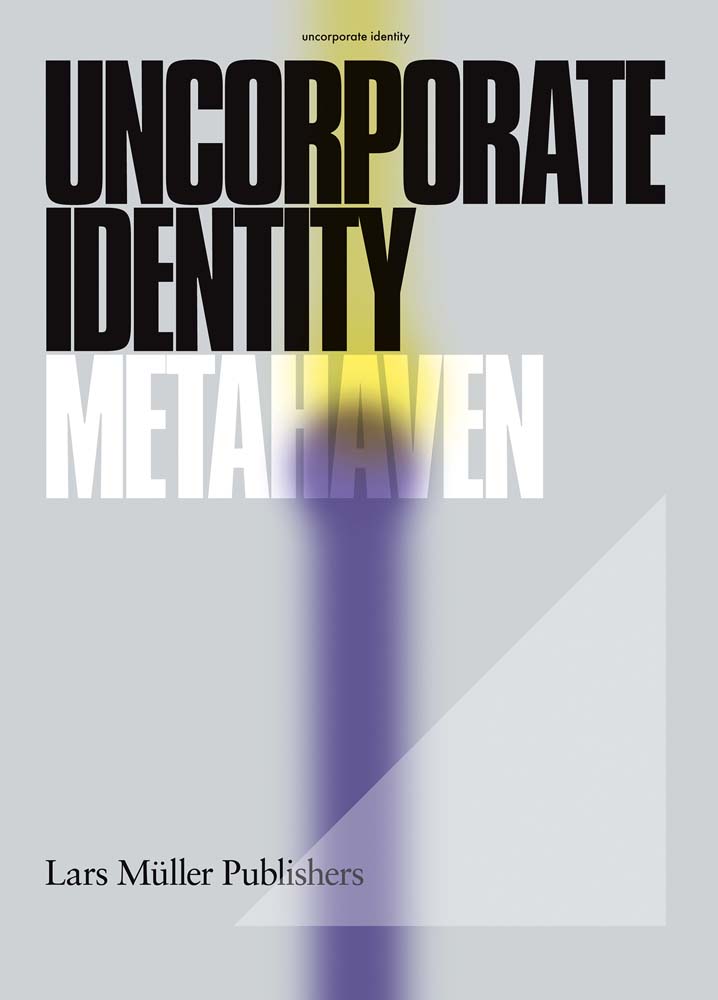Constructed Presence: Branding and Control in King’s Cross

King’s Cross is a heavily moderated space that quietly imposes conformity on its visitors. Take a minute and look at the street: it’s flooded with capitalistic by-products — clothing shops mostly targeting the upper market, elegant restaurants, curated cafés, and places offering “unique” experiences. The area presents itself as a multi-purpose destination for living, leisure, and work — a seemingly perfect formula for life balance. Usually, neighbourhoods evoke particular associations, but King’s Cross feels almost manufactured to ensure a very specific perception. Its identity is reinforced through consistent typography, playful illustrations, and polished branding materials — a desperate attempt to mask its shallowness, impersonality, and coldness.
This relationship between organisation and its tangible form is described in Metahaven’s Uncorporate Identity: “Every organization conceives of a cipher for its ‘body politic’: a corporate identity.” This idea helped me articulate something I had sensed but couldn’t quite express — that identity systems extend far beyond logos or graphic design. Branding can be understood as a geopolitical phenomenon, shaping how spaces, nations, and institutions project themselves and are perceived.
Drawing parallels with the examples discussed in Uncorporate Identity, such as monumental buildings and their political symbolism (like The Great Tower or the House of the People in Bucharest), I began to see King’s Cross as a similar kind of architectural statement. Here, architecture performs the same ideological function: it conveys power, modernity, and order while concealing the systems of control beneath. The scale of its new developments makes the human figure feel small yet strangely comforted — not overwhelmed like in a city of skyscrapers, but subtly contained. The extensive use of glass surfaces implies transparency while also enforcing self-awareness, suggesting that one might always be observed. This design aesthetic produces behaviour regulation through visibility, much like corporate transparency produces compliance.
The chapter “Gateway to Europe” particularly resonated with my observations. It examines how borders (both visible and invisible) define space and shape belonging. The European Union’s branding of itself as open and diverse conceals a network of exclusions, just as King’s Cross presents an image of inclusion and cosmopolitanism while remaining economically selective. During my fieldwork, I was struck by the contrast between the regenerated core and the surrounding streets: a visible divide in opportunity and access. Metahaven’s reflection on “the production of presence of those without power, and a politics that claims rights to the city” helped me interpret this gap as an act of design — a curated visibility for some, and invisibility for others.
King’s Cross, therefore, operates as a corporate body, performing openness while maintaining control. Its architecture, branding, and spatial order merge into one coherent identity system, a city-brand that regulates not only how we move through space, but how we imagine belonging within it.